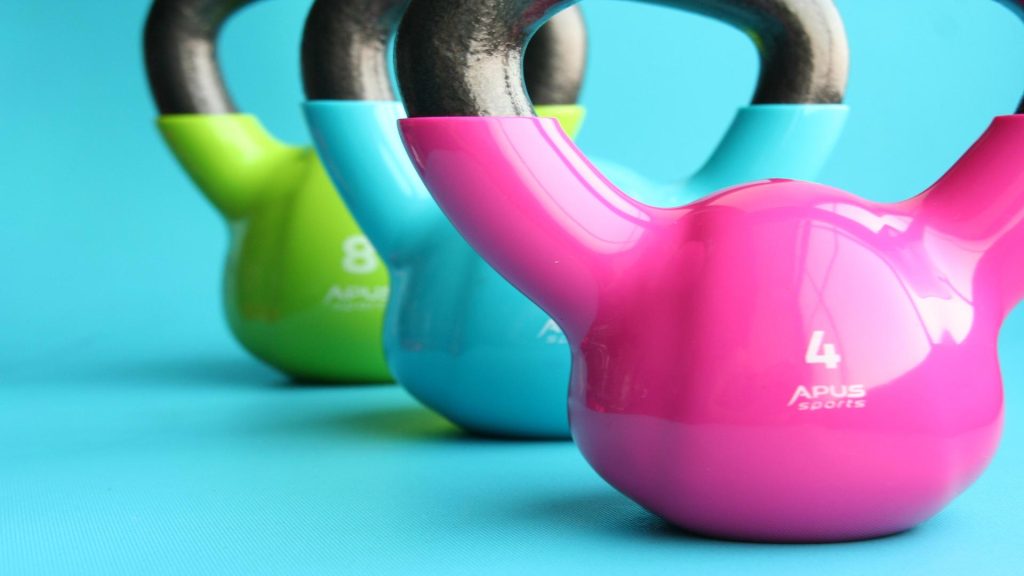
Outline
I. Introduction
A. Importance of fitness plans
B. Benefits of following a fitness plan
II. Components of an effective fitness plan
A. Goal setting
1. Setting specific and measurable goals
2. Establishing a timeline
B. Exercise routine
1. Cardiovascular exercises
2. Strength training
3. Flexibility exercises
4. Rest and recovery
C. Balanced diet
1. Macronutrients
2. Micronutrients
3. Meal planning and portion control
D. Tracking progress and making adjustments
1. Using fitness trackers
2. Monitoring body measurements
3. Reviewing and adjusting the plan
III. How to create a personalized fitness plan
A. Assessing current fitness level
B. Identifying specific goals and objectives
C. Seeking professional guidance
D. Creating a realistic and achievable plan
IV. Tips for sticking to a fitness plan
A. Finding motivation
1. Setting short-term and long-term rewards
2. Creating a supportive environment
B. Overcoming challenges and obstacles
1. Being flexible with the plan
2. Finding alternative exercises or routines
C. Seeking support from others
1. Joining fitness communities
2. Partnering up with a workout buddy
V. Frequently Asked Questions
1. Can I follow a fitness plan without going to a gym?
2. How long does it take to see results from following a fitness plan?
3. Do I need to follow a strict diet to succeed with a fitness plan?
4. What should I do if I don't have time for long workouts?
5. Is it okay to modify a fitness plan to suit my preferences?
Article
Introduction
In today's fast-paced world, staying fit and healthy is essential for overall well-being. Fitness plans provide a structured approach to achieving optimal fitness levels. This article explores the importance of fitness plans and the benefits of following one.
Components of an Effective Fitness Plan
A well-rounded fitness plan consists of several key components, including goal setting, exercise routine, balanced diet, and tracking progress.
Goal Setting
Setting specific and measurable goals is crucial for a successful fitness plan. This helps individuals stay focused and motivated. Goals should be realistic and tailored to individual capabilities. It's important to establish a timeline to track progress and stay accountable.
Exercise Routine
An effective exercise routine should include a combination of cardiovascular exercises, strength training, flexibility exercises, and adequate rest and recovery. Cardiovascular exercises, such as running or cycling, improve heart health and endurance. Strength training builds muscle strength and tone. Flexibility exercises, like yoga or stretching, help improve range of motion and prevent injuries. Rest and recovery days are equally important to allow the body to repair and rebuild.
Balanced Diet
A balanced diet plays a significant role in achieving fitness goals. It is important to consume the right amount of macronutrients, including carbohydrates, proteins, and fats, to fuel the body. Adequate intake of micronutrients, such as vitamins and minerals, is essential for overall health and well-being. Meal planning and portion control can help individuals maintain a healthy diet.
Tracking Progress and Making Adjustments
Monitoring progress is crucial to assess the effectiveness of a fitness plan. Fitness trackers can help individuals track steps, calories burned, heart rate, and other important metrics. Regularly measuring body weight, body fat percentage, and taking body measurements can provide insights into progress. It's important to review and make adjustments to the fitness plan as needed to ensure continued progress.
How to Create a Personalized Fitness Plan
Creating a personalized fitness plan involves assessing current fitness levels, identifying specific goals, seeking professional guidance if needed, and creating a realistic plan.
Assessing Current Fitness Level
Evaluating current fitness levels helps determine where to start and what areas to focus on. This can involve assessing cardiovascular endurance, muscular strength, flexibility, and body composition.
Identifying Specific Goals and Objectives
Defining specific goals and objectives helps individuals stay motivated and focused. Whether it's losing weight, gaining muscle, improving cardiovascular fitness, or training for a specific event, having clear goals provides direction.
Seeking Professional Guidance
Seeking guidance from a fitness professional, such as a personal trainer or a registered dietitian, can be beneficial, especially for beginners or those with unique health considerations. Professionals can provide expert advice, develop customized plans, and offer ongoing support.
Creating a Realistic and Achievable Plan
It's crucial to create a plan that is realistic and achievable. Considering time commitments, physical abilities, and lifestyle factors is important to ensure long-term success. Setting small milestones and gradually progressing can help maintain motivation and avoid burnout.
Tips for Sticking to a Fitness Plan
Sticking to a fitness plan can be challenging, but with the right strategies, it is possible to stay committed and motivated.
Finding Motivation
Finding motivation is key to staying on track. Setting short-term and long-term rewards can provide incentives to keep going. Additionally, creating a supportive environment by involving friends or family can provide accountability and encouragement.
Overcoming Challenges and Obstacles
Challenges and obstacles are common when following a fitness plan. Being flexible with the plan allows for adjustments when unexpected events arise. Finding alternatives to exercises or routines can help overcome limitations or boredom.
Seeking Support from Others
Joining fitness communities or engaging with like-minded individuals can provide a strong support system. Partnering up with a workout buddy can make exercising more enjoyable and increase motivation.
Frequently Asked Questions
- Can I follow a fitness plan without going to a gym?
-
Yes, a fitness plan can be tailored to suit individual preferences and circumstances. Many exercises can be done at home or outdoors, such as bodyweight workouts, running, or cycling.
-
How long does it take to see results from following a fitness plan?
-
The time it takes to see results varies depending on individual factors such as starting fitness level, adherence to the plan, and specific goals. Consistency and patience are essential, and noticeable results can typically be seen within a few weeks to a few months.
-
Do I need to follow a strict diet to succeed with a fitness plan?
-
While diet plays a crucial role in fitness, it doesn't necessarily mean following a strict or restrictive diet. It's important to focus on consuming a balanced and nutritious diet that supports your goals and provides adequate energy for workouts.
-
What should I do if I don't have time for long workouts?
-
It's not necessary to have long workouts to achieve fitness goals. Short and intense workouts, such as high-intensity interval training (HIIT), can be effective in a shorter amount of time. Incorporating physical activity throughout the day, such as taking the stairs or going for short walks, can also contribute to overall fitness.
-
Is it okay to modify a fitness plan to suit my preferences?
- Absolutely. A fitness plan should be personalized to suit individual preferences, abilities, and goals. It's important to find activities and exercises that you enjoy and are sustainable in the long run.
� The Ultimate Guide to Fitness Plans for Optimal Health and Well-being
� FITNESS
� FITNESS_PLAN
� Discover the importance of fitness plans and how they can help you achieve your health and fitness goals. Learn about the components of an effective fitness plan, tips for creating a personalized plan, and how to stick to it for long-term success. Get answers to commonly asked questions about fitness plans.
Thank you for reading. For more insights, visit our #healthzone#3.com/blog">BLOG. We appreciate your support!



